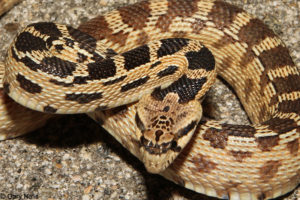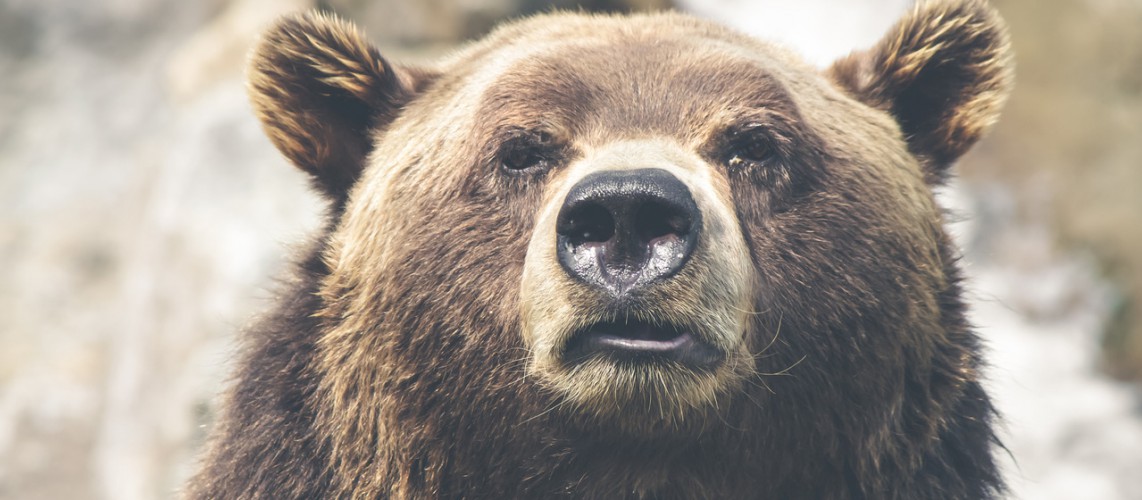
Last COSEWIC designation: May 2002
SARA risk category: Threatened
Description: This species of snake (P. catenifer) is relatively large, with a moderately long tail; adults in the northwestern part of the range can reach 1.8 m. On the Great Basin Gophersnake, the dorsal blotches toward the front of the body are connected to each other. The belly is cream-coloured with black or brown spots on the sides of the body. Males and females are not significantly different in size, and the young resemble the adults in colour.
Habitat: Canadian populations of the Great Basin Gophersnake inhabit grasslands, shrub steppes, and open forests. Summers in the Okanagan Valley are hot and dry, and the winters are comparatively mild with little snow. In the United States, studies in Utah revealed that the Great Basin Gophersnake typically uses the abandoned burrows of mammals as nesting sites. These sites usually are on south-facing slopes, with no perennial vegetation.
Threats: Suitable habitat is present in only a very small area in the province, where it is being rapidly destroyed by urbanization and cultivation.
